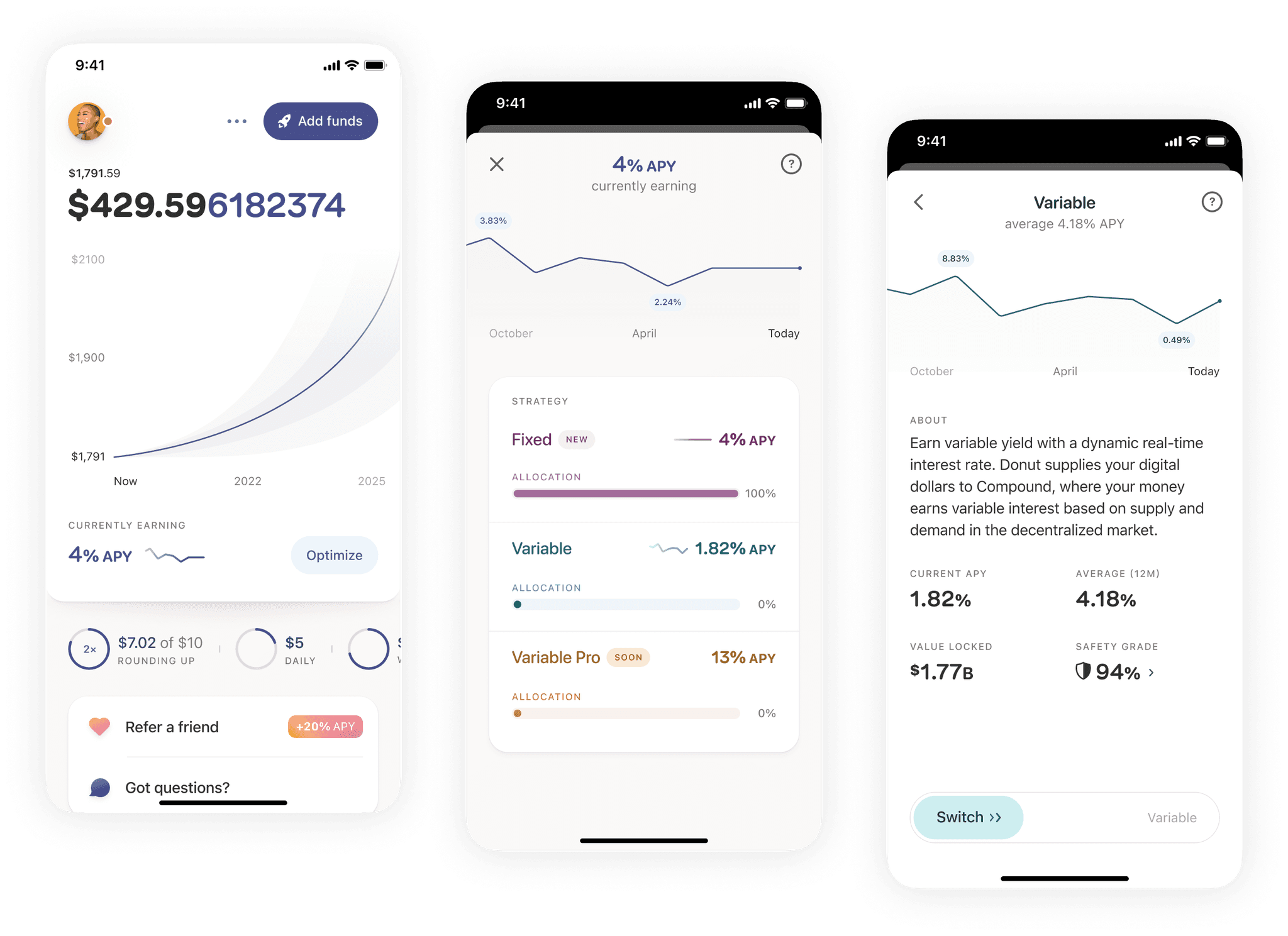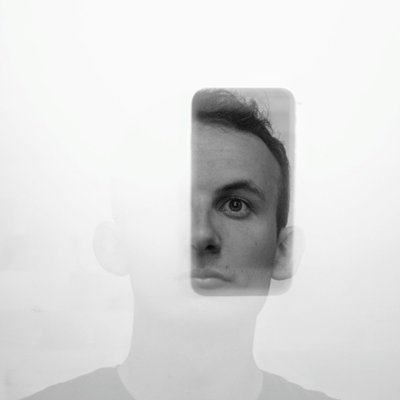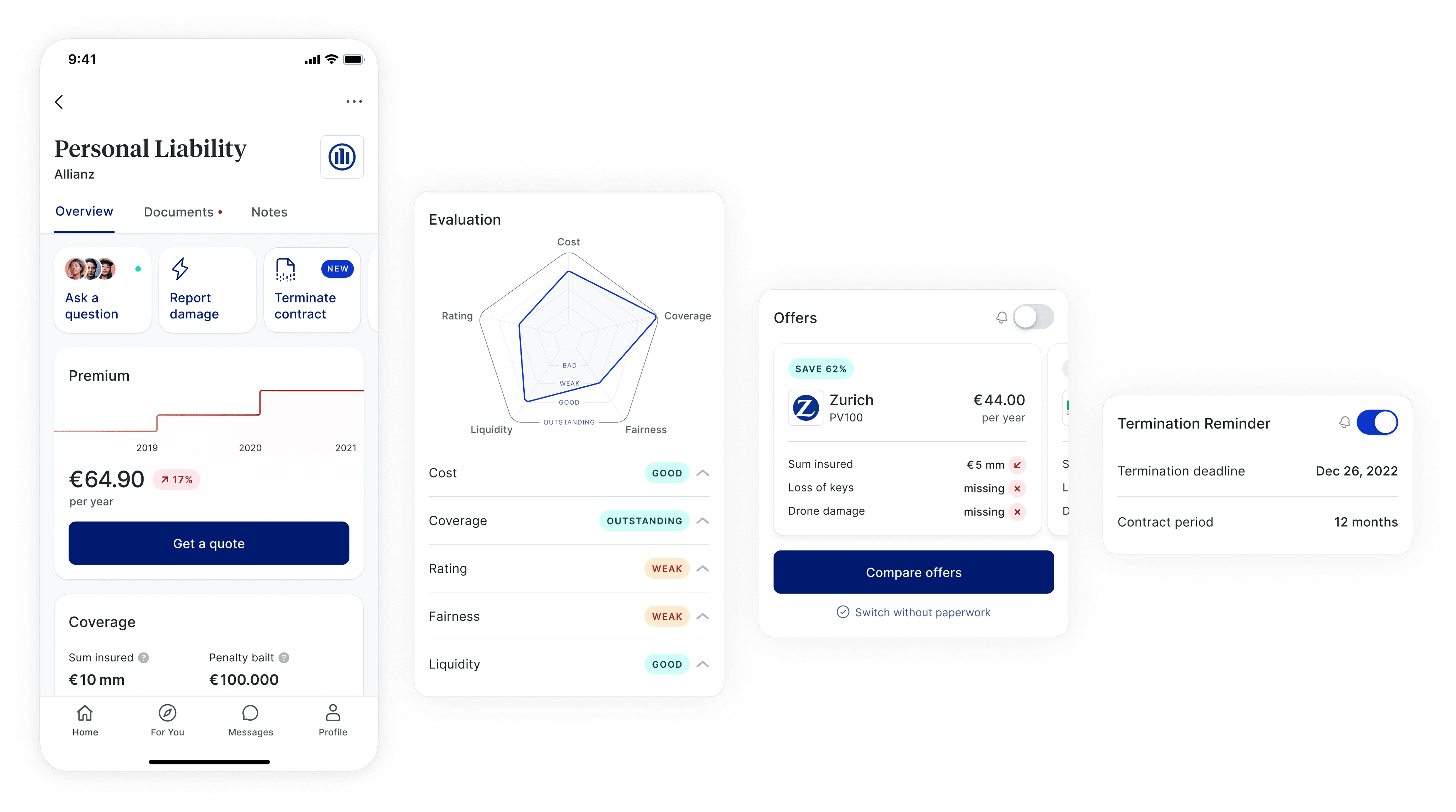
Boosted yield at reduced jargon
I lead the pivot of our Bitcoin micro investing app to become an engaging savings product that democratizes access to high interest rates that get a boost when you unlock achievements.
Case study on request

Capturing intent with a new home for Twitter
Had the chance to design the 2018 edition of Twitter’s homepage completely from scratch. After effective experimentation with various alternatives, the split screen layout has since served both Twitter and X, leading to millions of signups.
Case study on request
People, Craft, Curiosity
I’m a product designer based in Berlin.
Over the past 10+ years, I've had the opportunity to build products with diverse teams across music, crypto, insurance and streaming.
Designing for startups is always about learning from what we’ve built, realizing what we actually should have built, and then trying that out — only to find more opportunities to pursue. To me, it becomes a truly beautiful grind when talking to customers turns into a regular habit. When teams become excited about working towards a product vision we've co-created, and when our goals are linked to metrics that reflect customer satisfaction. Throughout all this, I've found that clarity around my own and my teams’ roles is absolutely key.
In my role as a leader, I advocate for designers to co-lead their teams, coaching designers to become strong counterparts in product management activities and foster communities of engineers and designers to play as one. I believe in craft and intentional visual decisions based on principles, customer insights and with room for intuition and play. I strive for a shared commitment to quality and growth enabled by an inclusive culture of collaboration and an obsession over customer centricity.
Say hi ☺









